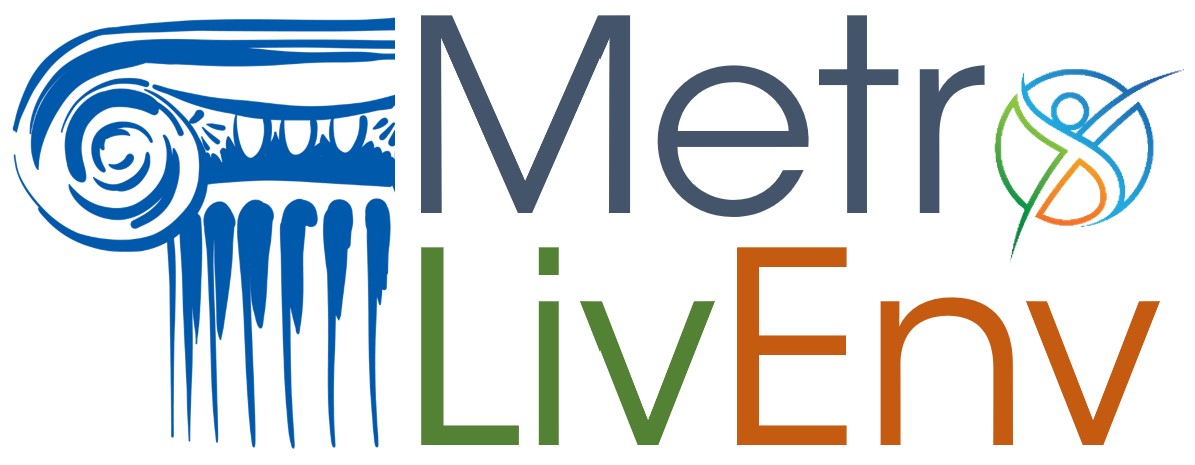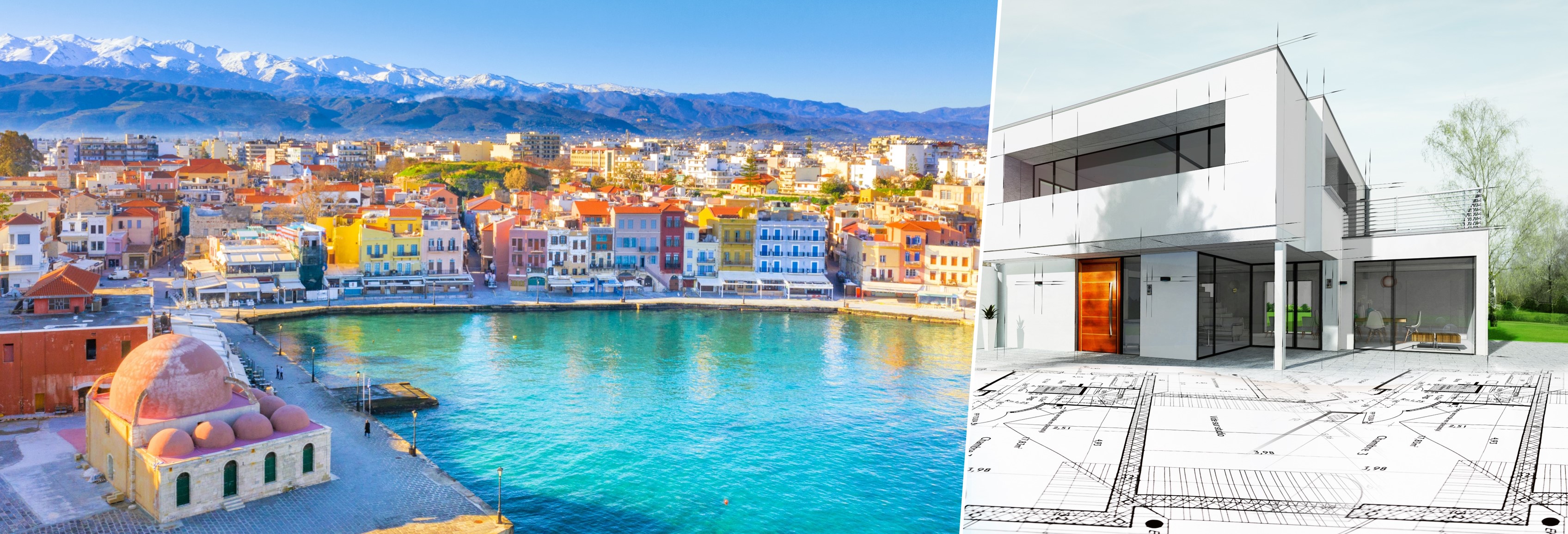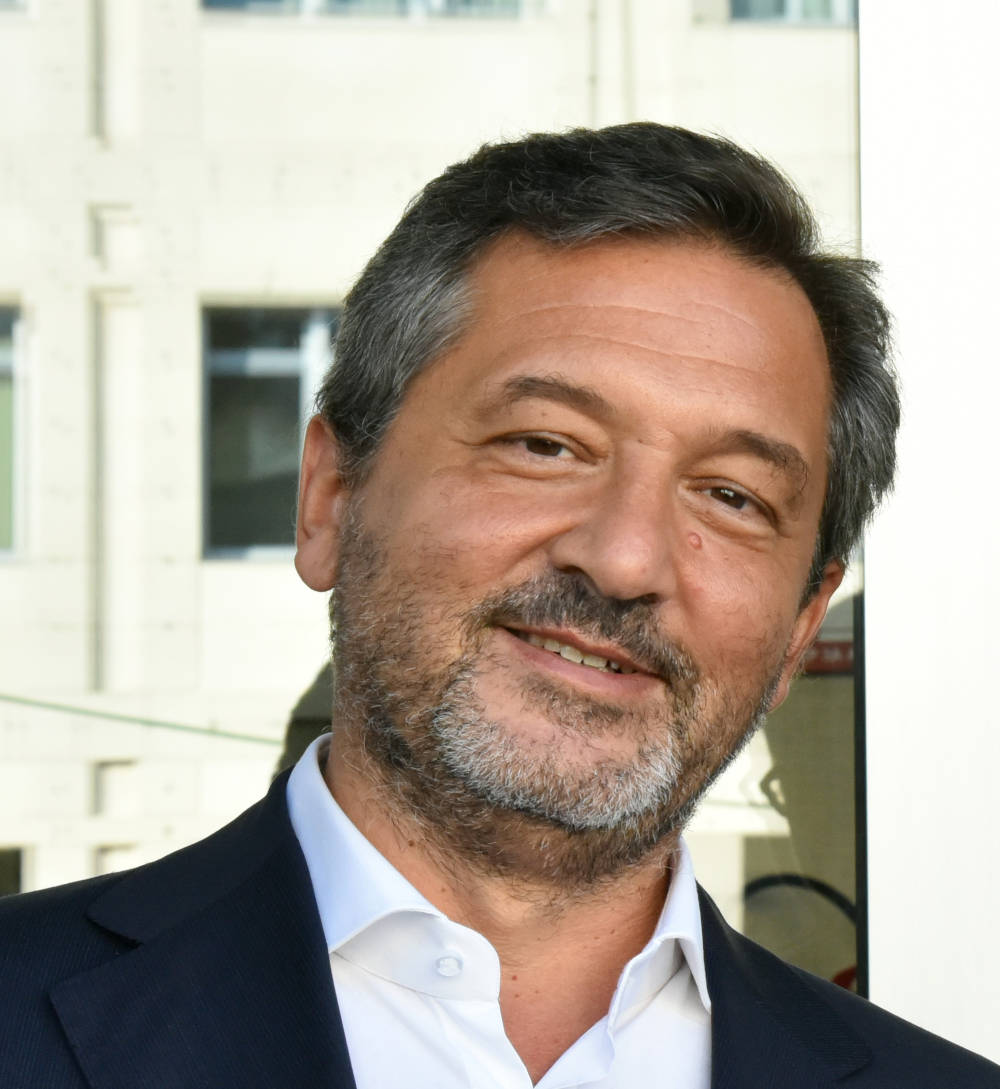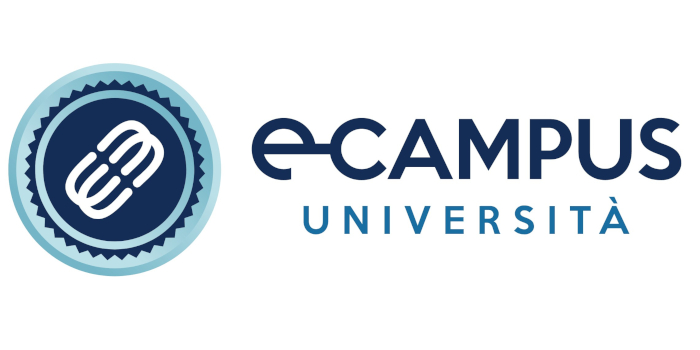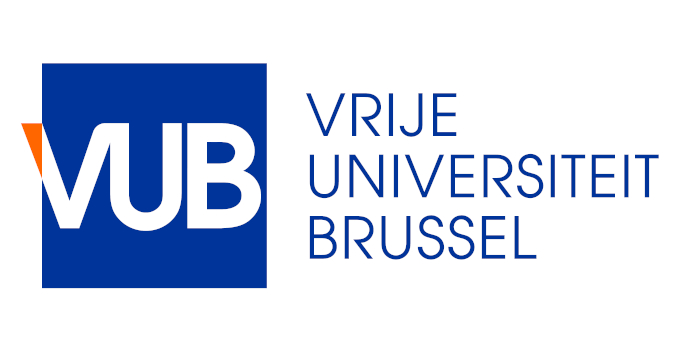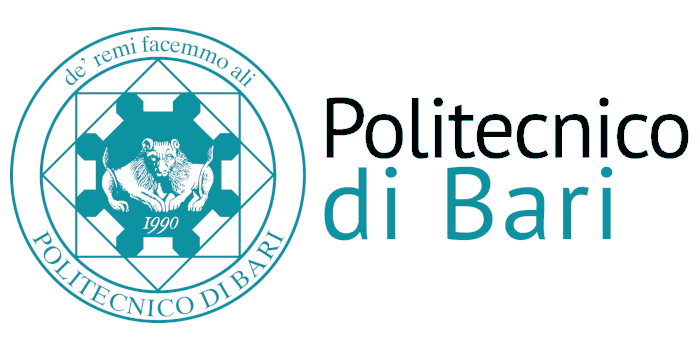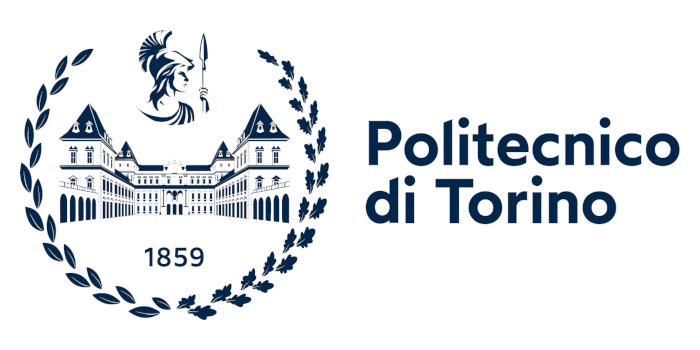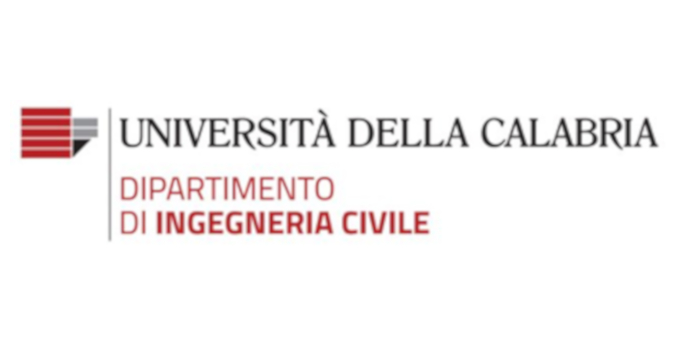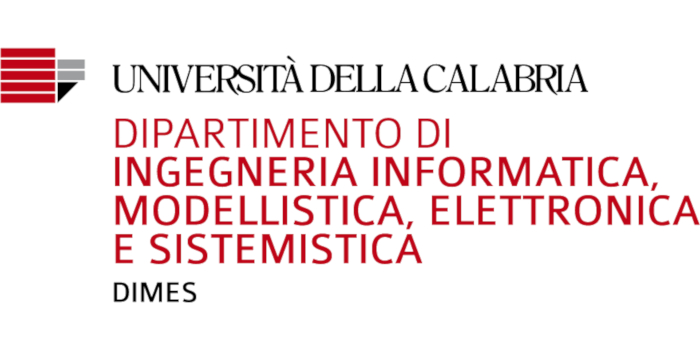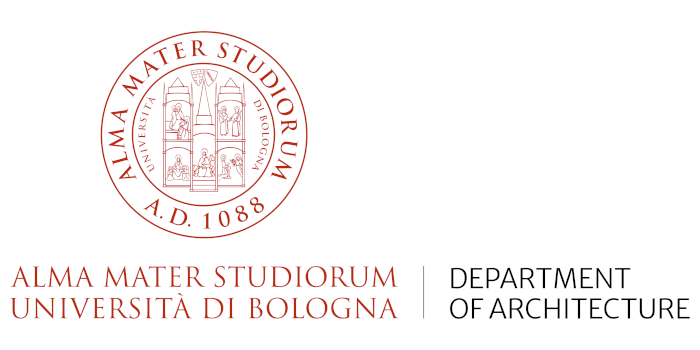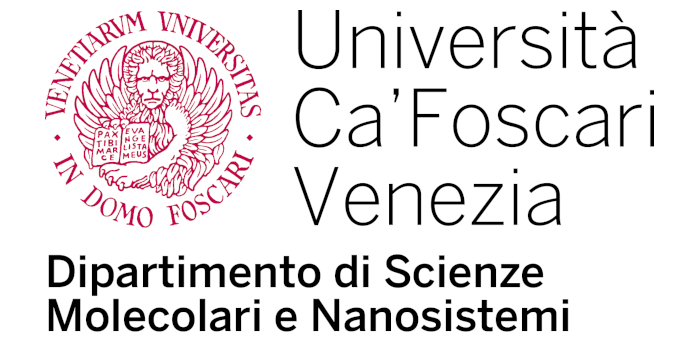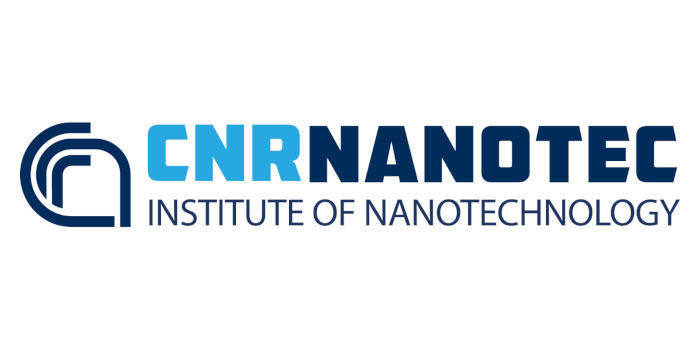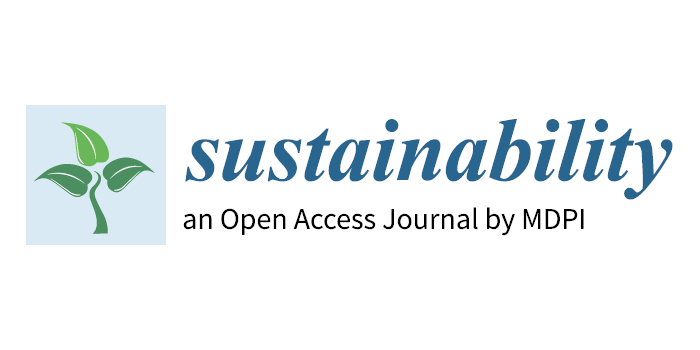Vibration-based structural health monitoring innovative solutions for smart buildings and cutting-edge infrastructures
Giuseppe Carlo Marano
Politecnico di Torino, Italy
ABSTRACT
Monitoring the health status of existing structures and infrastructures over time is an essential and extremely topical issue worldwide. Recent collapses have particularly shaken public opinion, rekindling the general interest in investing in the Structural Civil Engineering sector, especially for risk mitigation strategies and promoting smart and innovative solutions to ensure and preserve the safety levels of our existing heritage. Severe economic and life losses are usually associated with structural failures, especially when strategic constructions are involved. Nonetheless, they sadly represent a crucial opportunity to grow our engineering experience and improve our understanding in order to move toward a new mentality, focused on performance-based, risk-prevention solutions, increasing safety and reliability. The current historical period is represented by the overwhelming digital revolution which fosters innovative and original artificial intelligence-based (AI) solutions. The roles of smart cities are rapidly changing and drastically evolving due to the effective integration of Internet of Things (IoT) technologies and Machine Learning (ML) solutions. The digital revolution is rapidly affecting the Civil Engineering sector since new mobility technologies, increase public safety and quality of life, whilst accomplishing new requirements for environmental protection, and in the meanwhile still ensuring economic growth opportunities and contained cost of living. New and emerging InfraTech and digital technologies, such as digital twins, AI, ML, IoT, and UAVs among others, can revolutionize the way our structures and infrastructures are designed, built, and maintained. Novel AI-assisted Structural Health Monitoring (SHM) paradigm can be applied to all the different stages of structure and infrastructure life cycles, i.e. considering the construction phase, in-service and management conditions, maintenance, etc. heightening the infrastructures to new intelligent transportation systems (ITS).
SPEAKER BIOGRAPHY
Degree in Civil Engineering (five years courses) cum laude (awards) at the Technical University of Bari (1994); afterwards employed as Concrete young engineering in Calcestruzzi s.p.a - nowadays Italcementi group, Italian leader in concrete production - (1995/1996). PhD in Structural Engineering at the University of Florence (2000). Post-doctoral scholarship in “Civil Engineering Science” at Technical University of Bari in 2001 and Lecturer in structural engineering in the same university in 2001. Visiting assistant professor in Cambridge (2002), associate professor in 2011 at Politecnico di Bari and visiting Professor in Loughborough (2012) and at Hunan University, Changsha, Hunan Province (China) (2014), is research fellow at the SIBERC (Sustainable and Innovative Bridge Engineering Research Center), Fuzhou University, Fuzhou, Fujian Province, China and (2016/2018) full Professor in Structural Design, Faculty of Civil Engineering, Fuzhou University, Fuzhou, Fujian Province, China. From 2018 is full professor in structural Design at Politecnico di Torino, where he was also vice director of the Department of Structural, Environmental and Geotechnical Engineering. His research interests include structural identification and optimization, form finding and structural health monitoring. He is the author of four European patents and more than 300 papers published in international journals or presented at conferences.
